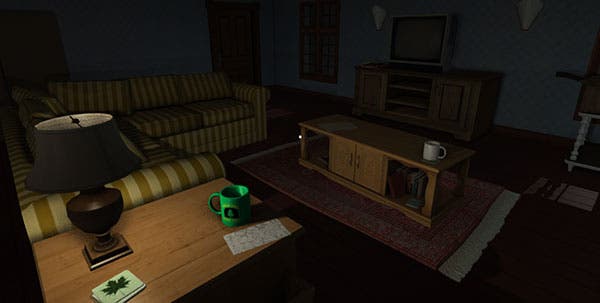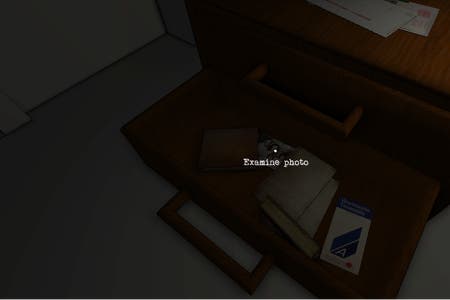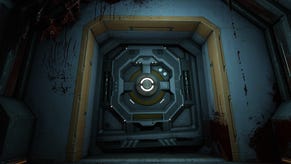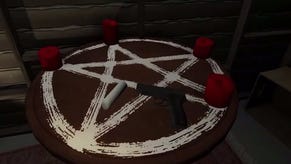Ex-Bioshock devs The Fullbright Company detail investigation sim Gone Home
"There's no combat, there are no puzzles."
Ex-Bioshock and XCOM developers three-person indie studio The Fullbright Company's debut offering is the upcoming first-person investigation game, Gone Home, due next year on PC.
The eye-catching experience casts you as someone who's been away for a year and has returned to visit their family, who's recently moved to this new manor home that you've never been too before. Upon arriving you find the place deserted.
Beyond this, we know little. We caught up with founder Steve Gaynor - who was the project lead on Bioshock 2's Minerva's Den DLC - to discuss just what exactly Gone Home is.
"It takes place in 1995. There are no cellphones," explained Gaynor. "You get to the house and there is a raging thunder storm that is going on outside. The phones are out. You turn on the TV and there's just a severe weather warning playing on it. And you've just been dropped off by a taxi and the taxi driver left and you're stranded there. You're not in the middle of a suburb. This is a house that's kind of secluded up up on a wooded hill in the middle of the night."
Even if you could get in touch with the authorities, that wouldn't help. "There hasn't even been any crime committed. It's just weird. It's just 'where is everybody?' What do you do?"
The answer; you explore.
"It's a game about mystery. It's about trying to figure out what has happened to the people that were in this place."
Gaynor said the game is "structured like a BioShock level or a Metroid... You're given the opportunity to fully explore the section that you currently have available before you unlock the next section."
As you explore, you find keys to unlock new parts of the house. Why are so many doors locked? That's part of the mystery, but Gaynor assured us that there's a logical reason why this is. "Parts of the house have clearly been locked in an intentional way."
It's mysterious, but not unrealistic. He explained that "the house in the game is built logically like a house in the real world would be built." In other words, it's not like a typical videogame level. Bearing further credence to this is the fact that every object, drawer, cupboard, etc. can be interacted with in a realistic manner.
The Metroid aspect comes from the fact that you'll be able to gain new items to unlock secrets in areas you've previously been. Gaynor cited an example where you could find something shiny glimmering under a heating vent, but you'd need a screwdriver to open it. This might bring to mind old-fashioned point-and-click adventure games, but Gaynor was adamant that all interactions will make logical sense.
"The intent isn't for there to be any wackiness to it. The intent is for this to always be a very grounded experience. There are no adventure game puzzles in the sense that we're never going to say 'take this piece of string and combine it with the fishhook so you can put it down into the vent to get the cheese out' or something. It's all about approachable grounded tools. Like 'I have this screwdriver, now I can unscrew those screws I saw earlier.'
When asked if it was a big challenge to reconcile puzzle design with realism Gaynor replied, "Puzzle design is not a big challenge because we're not putting puzzles in the game. There's no combat, there's no puzzles. There is nothing that was put there to try to delay the player and make them solve some sort of challenge."
"It's a game about isolation and being in this place that isn't familiar and not having a ton of tools or outside help to decipher what's going on here. You really have to be that agent that is driving the investigation of this situation."
The lack of puzzles and combat mixed with the first-person perspective may bring to mind Dear Esther, but Gaynor explained, "Gone Home is intended to be more interactive and more player driven than Dear Esther. The game is an invitation to engage with this place. Beyond that we're not going to impose any kind of conditions on how you're going to do that."










